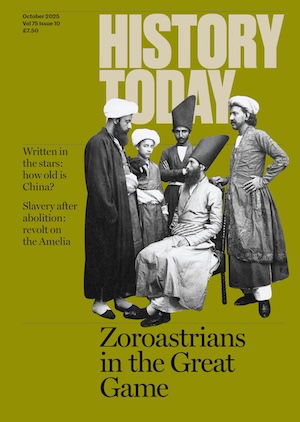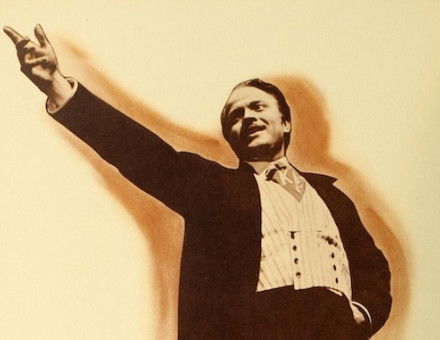When Less is More
Denise Silvester-Carr celebrates the reopening of Charleston House to the public.
Chastleton House is a place of dreaming antiquity. A romantic Jacobean house set deep in a valley in the Cotswolds, it has survived in a time warp largely due to a lack of money. The family who lived here for almost 400 years were never able to afford a makeover. This spring sees Chastleton opening to the public under the auspices of the National Trust, which, along with the National Heritage Memorial Fund, has provided the necessary funding to secure its future.
Unlike flamboyantly larger, contemporary, redbrick houses at Hatfield in Hertfordshire or Blickling in Norfolk, the Oxfordshire manor is of modest proportions, its grey stone façade, stepped gables and flanking battlemented towers warmed by honey-coloured lichen. And unlike the Cecils and the Hobarts who switched allegiance from the Royalists to the Parliamentarians during the Interregnum and retained their wealth, the Jones family remained resolutely loyal to the Stuart dynasty. It cost them dear. In the late 1940s, some 300 years later, when Mrs Irene Whitmore-Jones told visitors, ‘We lost our money in the war,’ they did not realise she meant the Civil War.





